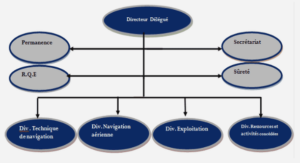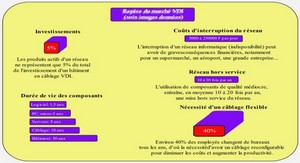SECOND LANGUAGE ACQUISITION
Some hypotheses are known to constitute the theory of second language acquisition. In this following part, we are going to see the five hypotheses about second language acquisition.
1The acquisition-learning distinction
The English language is considered to be a second language for both Malagasy teachers and learners. Being second language users, it is better to know the distinction between acquisition and learning since the distinction is rather fuzzy to many of them although both of them are ways to develop competence in second language. Let us start with ‘acquisition’, according to Krashen (1982), ‘acquisition is a subconscious process; language acquirers are not usually aware of the fact that they are acquiring a language, but are only aware of the fact that they are using the language for communication.’ In other words, we can say that language acquisition is a natural cognitive process of language in human beings. A person acquires a language without receiving external knowledge-natural learning. In addition, language acquisition is the fact of using a language, which is pre- existing in the mind and yet we are not conscious of its existence, for real communication. In language acquisition, people are not aware of how they acquire the language or why they know that they are right or wrong while using the language but they just ‘feel’ it naturally. Krashen (1982) further specifies that ‘we are generally not consciously aware of the rules of the language we have acquired. Instead we have a ‘feel’ for correctness.’ Now, let us deal with ‘language learning’. As opposed to language acquisition, language learning is the fact of having the language consciously or intentional use of the language. To know further, as it is called ‘learning’, the competence is acquired through formal knowledge (in school) and that includes knowledge about grammatical rules of the language and the ability to describe the language; in this respect, Krashen (1982) claims ‘we use the term ‘learning’ henceforth to refer to conscious knowledge of a second language, knowing the rules, being aware of them, and being able to talk about them…learning is ‘knowing about’ a language, known to most people as ‘grammar’, or ‘rules’. In a nutshell, language acquisition is implicit and used for real communication. As for language learning, it is the awareness of the language and ‘knowing about’ the language.
The natural order hypothesis
Language acquisition researchers discovered that acquirers have predictable way of acquiring grammatical structures. Let us take one example, a child acquiring English as a first language is generally inclined to certain grammatical structures and others later. It is also noticed today in our classrooms-in learners of English as a second language. Learners have certain ability to acquire the progressive marker (-ing) and the plural marker (s) easily. 5 However, they tend to drop the (-s) in the third person singular and also they find difficulties in using possessive marker (‘s). In that case, even though first language acquisition order is not totally the same as second language acquisition, we can find some similarities to the acquisition order. Krashen (1982) states that ‘The child second order of acquisition was different from the first language order, but different groups of second language acquirers showed striking similarities. The following table from Krashen (1982) will present an average order of acquisition. Fig 1: Average order of acquisition of grammatical morphemes for English as a second language (Children and adults).
The Monitor hypothesis
As we have seen in the first hypothesis; that is, acquisition-learning distinction, we can conclude that both acquisition and learning are crucial as far as developing competence on second language is concerned. However, we did not highlight the way they are used in second language performance. ING (Progressive) PLURAL (s) COPULA (to be) AUXILIARY (Progressive, as in ‘He is going’) Acquisition, being ‘a subconscious process’, already exists in our mind without us being aware of it. Therefore, it is the mental device that first causes us to speak the language. Its concern is the fluent use of the second language or having normal utterances. About learning, since it is acquired in formal situations, it acquaints the acquirer with the rules and it also assures the proper conduct of the message before or after it is transmitted; as Krashen (1982) notes ‘acquisition initiates our utterances in a second language and is responsible for our fluency. Learning comes into play only to make changes in the form of our utterance, after it has been ‘produced’ by the acquired system. This can happen before we speak (or write) or after (self correction)’. Obviously, Monitor hypothesis involves fluent use of the second language through acquisition and accurate production of speech (by learning) preceded by selfcorrection.





